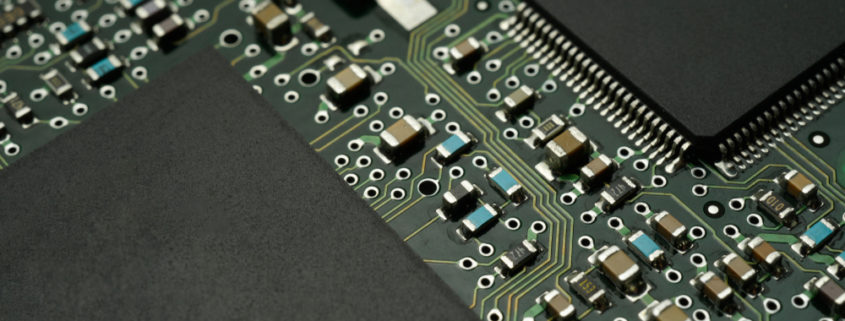Enabling Autonomous Vehicles with 3D Imaging ASICs
As autonomous vehicles (AVs) edge closer to widespread adoption, the technology enabling their advanced perception systems becomes increasingly critical. 3D Imaging ASIC plays a pivotal role in object detection, obstacle avoidance, and pedestrian tracking. This article explores how 3D Imaging ASICs are integral to the success and safety of autonomous vehicles.
The Role of 3D Imaging ASICs in Object Detection
Accurately detecting and identifying objects is fundamental to safe navigation in autonomous vehicles. 3D Imaging ASICs are specialized integrated circuits designed to process three-dimensional data, providing a detailed understanding of the vehicle’s surroundings. By capturing depth information, these ASICs enable vehicles to discern objects’ shape, size, and distance in real-time.
High-resolution data allows advanced perception systems to classify objects precisely. Whether it’s identifying other vehicles or unexpected obstacles, these ASICs are crucial in providing the necessary data for decision-making algorithms. The depth information helps distinguish between stationary and moving objects, enabling the vehicle to anticipate potential hazards and react accordingly. This capability is essential for ensuring the safety and reliability of autonomous vehicles in complex driving environments.
Obstacle Avoidance and Pedestrian Tracking
Obstacle avoidance is another critical function facilitated by 3D Imaging ASICs. Autonomous vehicles must navigate around various obstacles, from other vehicles to unexpected debris on the road. 3D Imaging ASICs provide the necessary spatial awareness, allowing the vehicle’s control system to calculate safe paths and execute evasive maneuvers when needed. These ASICs ensure smooth and secure navigation by continuously monitoring the environment and updating the vehicle’s position relative to obstacles.
Pedestrian tracking is a particularly challenging aspect of autonomous driving, given the unpredictable nature of human movement. 3D Imaging ASICs excel in this area by providing accurate depth maps that help detect and track pedestrians. The detailed 3D data allows for precisely identifying pedestrian movements, such as walking, running, or stopping. This information is crucial for predicting pedestrian behavior and making real-time decisions to avoid potential collisions. The enhanced spatial resolution ensures that even subtle movements are detected, enabling the vehicle to react promptly and safely.
Conclusion
By enabling accurate object detection, obstacle avoidance, and pedestrian tracking, these specialized circuits provide the critical data needed for safe and efficient autonomous driving. As the technology continues to evolve, the role of 3D Imaging ASICs will only become more significant, ensuring that autonomous vehicles can navigate complex environments with confidence and precision. For Microsystems companies, developing and refining 3D Imaging ASICs are essential to advancing the capabilities and safety of next-generation autonomous vehicles.
Learn more about Linear MicroSystems by clicking here!
Linear MicroSystems, Inc. is proud to offer its services worldwide as well as the surrounding areas and cities around our Headquarters in Irvine, CA: Mission Viejo, Laguna Niguel, Huntington Beach, Santa Ana, Fountain Valley, Anaheim, Orange County, Fullerton, and Los Angeles.






